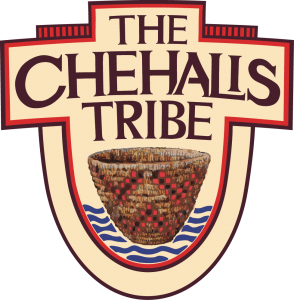Villages formed the main social groupings and political units of these Salishan-speaking peoples. Many of the rivers inhabited by the Lower Chehalis still retain the name of those villages: Humptulips, Hoquiam, Wishkah, Wynoochee, Newaukum, and the namesake Chehalis River. Many resided on present-day Grays Bay, and in 1792, the the people were among the first to trade there with American Captain Robert Gray. The people maintained close relationships with The Chinooks, Quinaults, and Upper Chehalis (the Kwaiailks).[1]Yvonne Hadja, Handbook of North American Indians: Northwest Coast Vol. 7, ed. Wayne Suttles (Washington, D.C.: Smithsonian Institution, 1990), 503,516; Robert H. Ruby, John A. Brown, and Cary C. … Continue reading
The Lewis and Clark Expedition encountered the Lower Chehalis mainly during their stay at Station Camp on Baker Bay. In the journals, the people’s name is spelled Chieltz and Chiltch. Today, the People are enrolled in the Confederated Tribes of the Chehalis Reservation, the Quinault Tribe of the Quinault Reservation, and the Shoalwater Bay Tribe.
Selected Encounters
November 6, 1805
Among the Cowlitz People
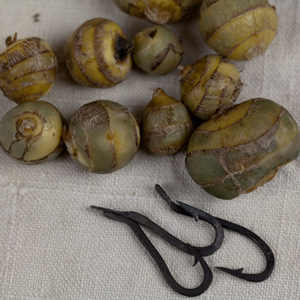

Little Cape Horn, WA The night is rainy and during the day, the men paddle in the rain past villages at the mouth of the Cowlitz. They buy salmon and wapato and are told that Captain Haley visits the mouth of the Columbia. At camp, they build large fires to dry out and kill the fleas infesting their blankets.
November 15, 1805
Moving to Station Camp
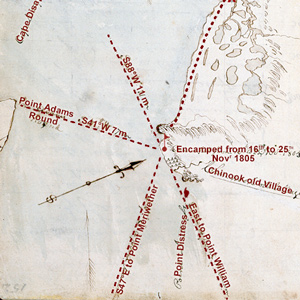

Station Camp near Chinook, WA The stormy weather finally breaks, and the main party paddles to Baker’s Bay, the end of their westward water journey. Camp is established near the Chinook’s Middle Village.
November 21, 1805
Clatsop and Lower Chehalis visitors
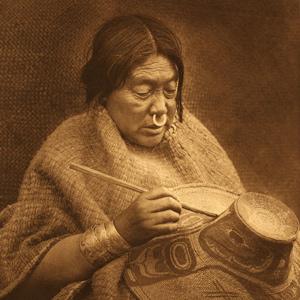

Station Camp near Chinook, WA In addition to Clatsop and Lower Chehalis visitors, the wife of Chinook chief Delashelwilt brings young female camp followers. Clark describes the Chinooks.
January 13, 1806
Running out of candles
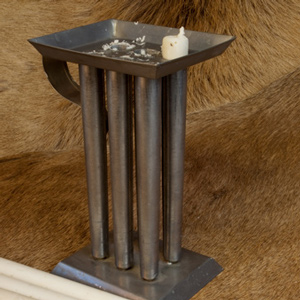

Fort Clatsop, Astoria, OR Elk tallow is rendered to make new candles, Lewis finds that the area’s elk do not have enough fat to make a sufficient supply, and President Jefferson writes to Lewis’s mother with news of the expedition’s progress.
March 21, 1806
Delayed by weather
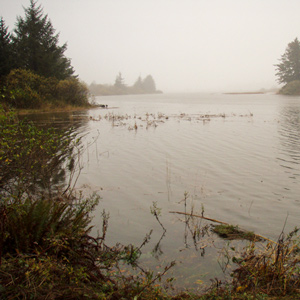

Fort Clatsop, Astoria, OR Bad weather prevents the expedition from leaving for home. Provisions are low, so during the weather delay, hunters are dispatched without success.
Notes
| ↑1 | Yvonne Hadja, Handbook of North American Indians: Northwest Coast Vol. 7, ed. Wayne Suttles (Washington, D.C.: Smithsonian Institution, 1990), 503,516; Robert H. Ruby, John A. Brown, and Cary C. Collins, A Guide to the Indian Tribes of the Pacific Northwest (Norman: University of Oklahoma Press, 2010), 162. |
|---|
